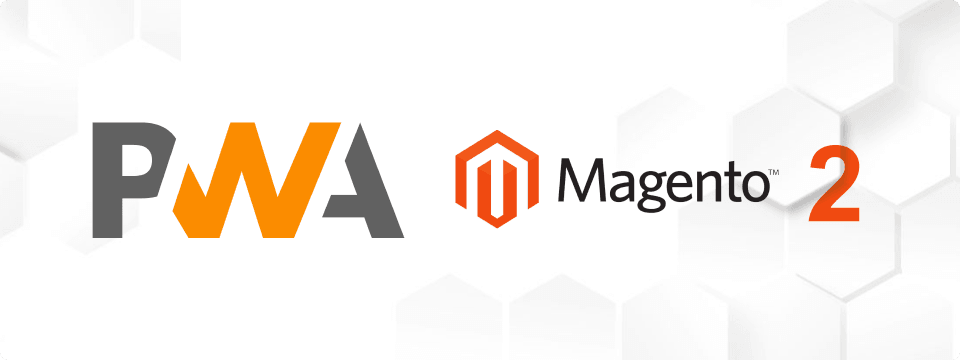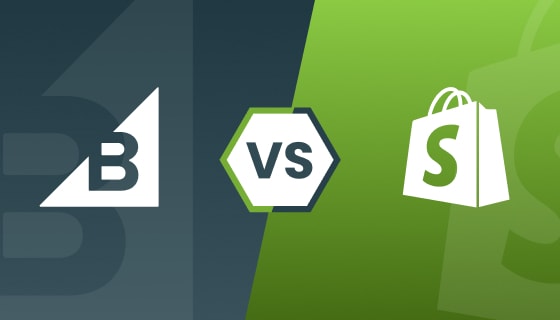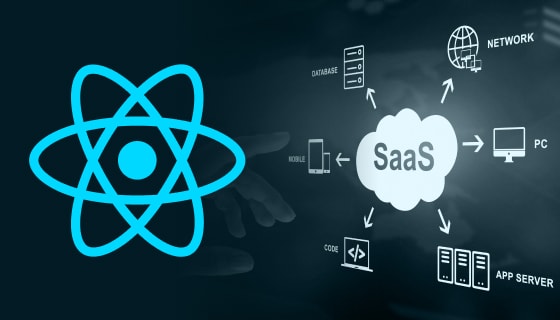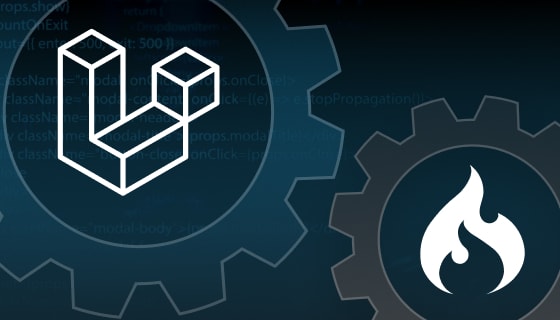Introduction
The surge in the popularity of Progressive Web Applications (PWAs) within Magento 2 is reshaping the landscape of online experiences. These innovative applications harness web technologies, delivering an app-like encounter to users while ensuring seamless functionality even when offline. In the realm of Magento 2, embracing Progressive Web Apps has become a transformative strategy.
Upon a user’s initial visit to the website, they are prompted to experience it as a PWA. Opting for this option adds an icon to the user’s mobile device, essentially creating a shortcut app. Subsequent visits are simplified, requiring just a single click on the app icon to relish the immersive and app-like interface of the website.
The integration of Progressive Web Applications into Magento 2 not only ensures enhanced user engagement but also provides a cutting-edge solution for businesses looking to elevate their online presence.
By amalgamating the efficiency of web technologies with the convenience of mobile applications, Magento Progressive Web Applications represent a paradigm shift in how online platforms are experienced and navigated.
In this blog, we will delve into the world of PWA in Magento 2 to unlock a realm of possibilities for elevating your users’ experience and staying ahead in the
digital landscape.
Features Of Progressive Web App V/S Native App
PWA can be created using an existing web framework with no separate programming language or technologies. You can create a PWA at a lower cost when compared to Native apps.
PWA can be used on any platform, like a normal website, and is supported on both iOS and Android, whereas separate native apps need to be created for iOS and Android.
The “Mobile” mode in the PWA helps to send push notifications even if the user is not using the app. It keeps them updated with promotion offers.
The availability of offline mode makes PWA work on low-speed internet. It functions even when there is no internet and fetches old data.
PWA works faster than the mobile website and sometimes loads faster than the native app.
In the Magento eCommerce development market, PWA has proven to increase conversion rates very quickly and drastically with an increase in the number of users.
There is no need to download and install the app from the App Store. Once created, it can sync automatically when it is in the internet range.
Progressive Web App Using Magento 2
The advent of Progressive Web Applications (PWAs) in Magento 2 has been an astonishing development since Google introduced the term in 2015. This innovation has captured the attention of eCommerce and web developers alike.
The surge in mobile and digital media usage has heightened the expectations of mobile customers, who now seek an app-like browsing experience directly within a website.
Recognizing this shift, Magento introduced the PWA Studio, a dedicated suite of developer tools designed to facilitate the development, deployment, and
maintenance of PWA storefronts for Magento 2 websites.
The Magento 2 PWA Studio acts as a transformative element, replacing the conventional Magento storefront with a PWA storefront seamlessly connected to the Magento backend through APIs.
For Magento developers, PWA is treated as a distinct project and characterized as a ReactJS Application utilizing GraphQL to establish connectivity with the
backend.
This evolution underscores Magento’s commitment to staying abreast of technological trends and catering to the evolving demands of a mobile-centric customer base.
PWA Studio Tools & Libraries
PWA Studio Tools and Libraries have emerged as the backbone for unleashing the power of Progressive Web Applications (PWAs) in Magento 2. This comprehensive suite of tools and libraries, designed specifically for Magento, facilitates the seamless integration of PWA functionalities into the platform.
Developers harness the potential of these tools to enhance the overall app performance, user experience, and responsiveness of Magento 2 eCommerce websites.
The PWA Studio simplifies the creation of Magento Progressive Web Applications by providing a set of development tools, boilerplate code, and essential libraries. Leveraging technologies like React and GraphQL, PWA Studio empowers developers to build fast, engaging, and reliable web experiences.
The modularity and flexibility offered by PWA Studio ensure that the implementation of Magento 2 as a Progressive Web Application aligns with the specific requirements of each business.
As the adoption of PWA in Magento 2 continues to grow, these tools play a pivotal role in reshaping the landscape of eCommerce, offering businesses a
competitive edge in the online market.
Let us walk you through the key PWA Studio tools and libraries.
PWA Build Pack CLI Tools
The PWA-build pack CLI tools play a pivotal role as they empower developers to efficiently create and optimize Progressive Web Applications in Magento 2. These tools facilitate the integration of essential features, such as offline capabilities and faster loading times, enhancing the overall user experience.
Peregrine Hooks And Components
Peregrine Hooks and Components contribute to the extensibility of PWA in Magento 2, allowing developers to customize and tailor user interfaces to meet specific business requirements. This flexibility ensures a seamless and engaging shopping experience for customers.
Venia Store And Visual Components
The Venia Store and Visual Components within Magento Progressive Web Applications offer out-of-the-box solutions, accelerating the development process. Merchants benefit from visually appealing storefronts, while developers appreciate the efficiency gained through these pre-built components.
UPWARD
UPWARD (Magento’s Unified Progressive Web App Response and Design) is a key architectural concept. It ensures a consistent and responsive design across devices, emphasizing Magento’s commitment to delivering an exceptional user experience.
Shared Magento Server
Shared Magento Server optimizes performance by efficiently managing resources and reducing server response times. This collaborative approach enhances the scalability and reliability of Progressive Web Applications in the Magento 2 environment.

How Can We Convert a Magento Website To PWA?
Transforming a Magento website into a Progressive Web Application (PWA) is a strategic move to harness the benefits of modern web technologies. Converting a Magento website to PWA involves a structured process to ensure a seamless transition.
Begin by integrating a service worker, a key component of PWAs, to enable offline functionality and faster loading times. Optimize performance by reducing unnecessary data transfer and leveraging caching mechanisms. Embrace responsive design principles to guarantee a smooth user experience across various devices.
The Magento Progressive Web Application (PWA) Studio can be a valuable tool in this conversion journey, offering tools and libraries specifically designed for
PWA development. Ensure a thorough testing phase to identify and address any potential issues before the final launch.
By converting your Magento website to a PWA, you align with the growing trend of Progressive Web Apps in Magento 2, enhancing user engagement, amplifying site speed, and staying at the forefront of the evolving eCommerce landscape. Embrace the future of online commerce with Magento Progressive Web Applications.
Let us walk you through three imperative elements of Magento 2 to consider during conversion to the PWA.
PWA Extensions
Tailored extensions play a predominant role in augmenting Magento 2 with PWA capabilities. These extensions empower merchants to enhance the performance,
responsiveness, and offline functionality of their eCommerce websites.
By leveraging PWA extensions, businesses can stay ahead in the competitive digital market, providing users with an app-like experience directly through the
browser.
PWA Magento Theme
The adoption of a specialized PWA Magento Theme ensures a seamless and engaging user interface. These themes are designed to optimize the visual appeal of the eCommerce site on various devices, promoting a consistent and intuitive experience.
As users increasingly demand faster and more interactive web experiences, the PWA Magento Theme catalyzes improved customer satisfaction and retention.
PWA Studio
Magento’s PWA Studio is a comprehensive set of tools and development resources that streamline the creation and deployment of Progressive Web Applications.
By utilizing PWA Studio, developers can efficiently build scalable and high-performance PWAs for Magento 2, blending the best aspects of web and mobile applications. This not only enhances the website’s overall performance but also contributes to its discoverability and user retention.
Magento Theme V/S Magento PWA Storefront
Let us now walk you through the difference between Magento Theme and PWA Storefront to provide you with firm comprehension.
| Magento Theme | Magento PWA Storefront | |
| Definition | It’s a type of Magento component that defines a store’s appearance. The theme is integrated with the application and primarily uses Magento core code for functionality. | It’s a progressive web application built using Magento studio tools. It renders an app shell, handles root component assignment, and embeds GraphQL payloads into server render |
| Components | In the Magento theme, a component is referred to as the UI component. It’s a standard element like a Table, button, etc. | In the PWA storefront, a component is referred to as the React component. It’s a modular piece that makes a React application. |
| Dependency Management | Magento theme uses Composer files for dependency management | PWA studio uses Yarn for dependency management. |
| Inheritance | The Magento theme inherits from the Parent theme “Blank” which | PWA storefront does not inherit the parent theme. Storefront is created |
| provides a base file for the new theme. | from scratch using React Module. It provides greater flexibility. | |
| Required Skillset | Magento theme developer requires general knowledge of jQuery, knockout, Magento Layout & templates, Magento UI components, UI library, etc. | Magento Storefront developers require less Magento knowledge, but they require knowledge of React JS, GraphQL, Yarn, Peregrine, Redux JS, etc. |
Conclusion
Progressive Web Applications (PWA) are revolutionizing the e-commerce landscape, particularly for businesses facing financial constraints in developing native apps. For Magento store owners, embracing PWA presents an enticing alternative to native applications and responsive websites, offering the potential to elevate conversion rates.
After reading this blog, you will have learned critical inquiries that a Magento developer might encounter when venturing into the realm of Progressive Web Applications.
As the global economy navigates through evolving circumstances, PWA emerges as a game-changer in the eCommerce sector. The current demands of eCommerce could propel the widespread adoption of this innovative feature, making it a pivotal breakthrough.
In the face of escalating eCommerce requirements, PWA in Magento 2 stands out as a solution with the capacity to meet diverse business needs effectively.
Moreover, we hope you will have understood the features of PWA vs Native App, key PWA Studio tools and libraries, three elements to convert your Magento website to PWA, and the difference between Magento Theme and PWA Storefront.
Should you have any inquiries or uncertainties regarding the integration of the Magento Progressive Web Application, feel free to reach out to us at hello@zealousweb.com.












